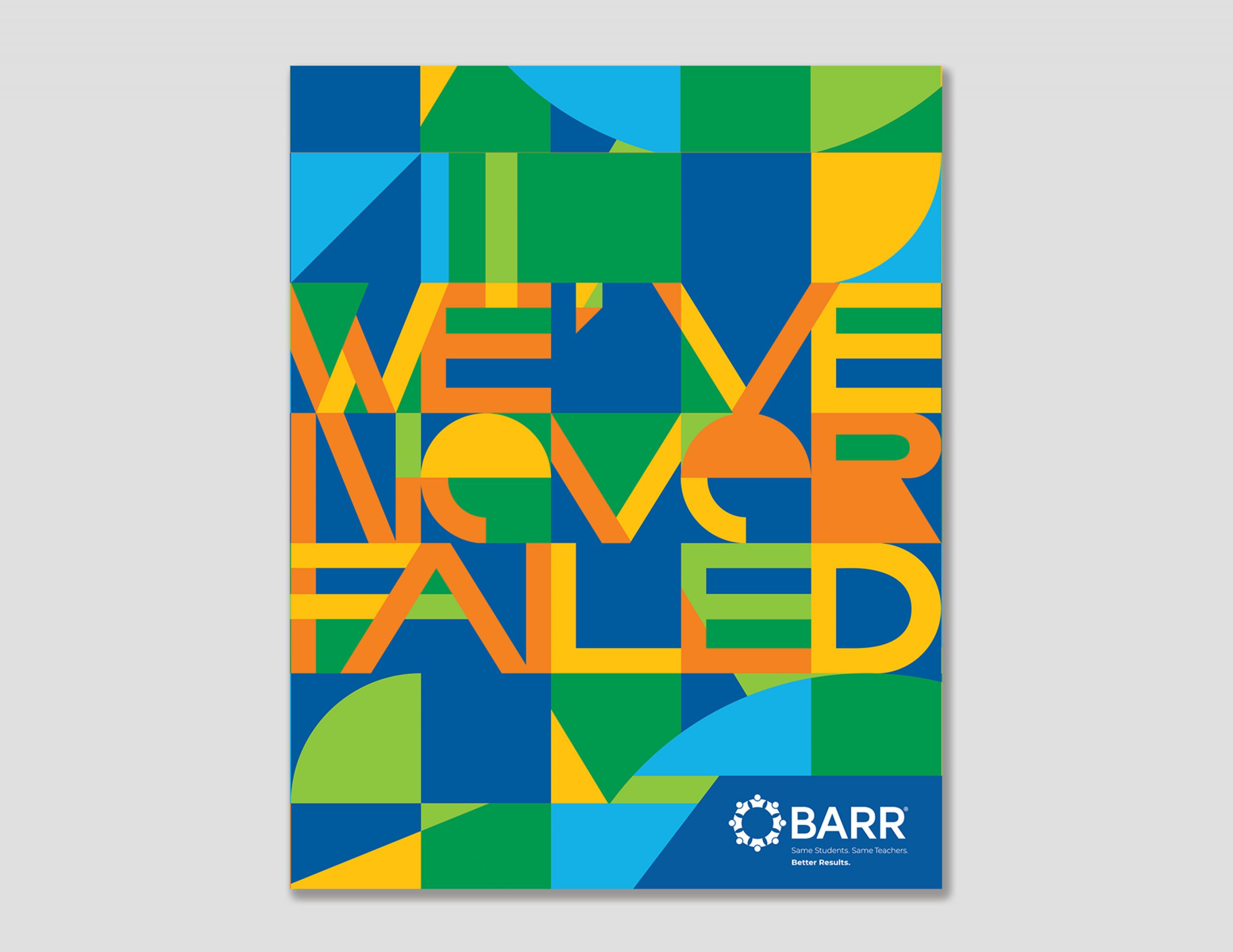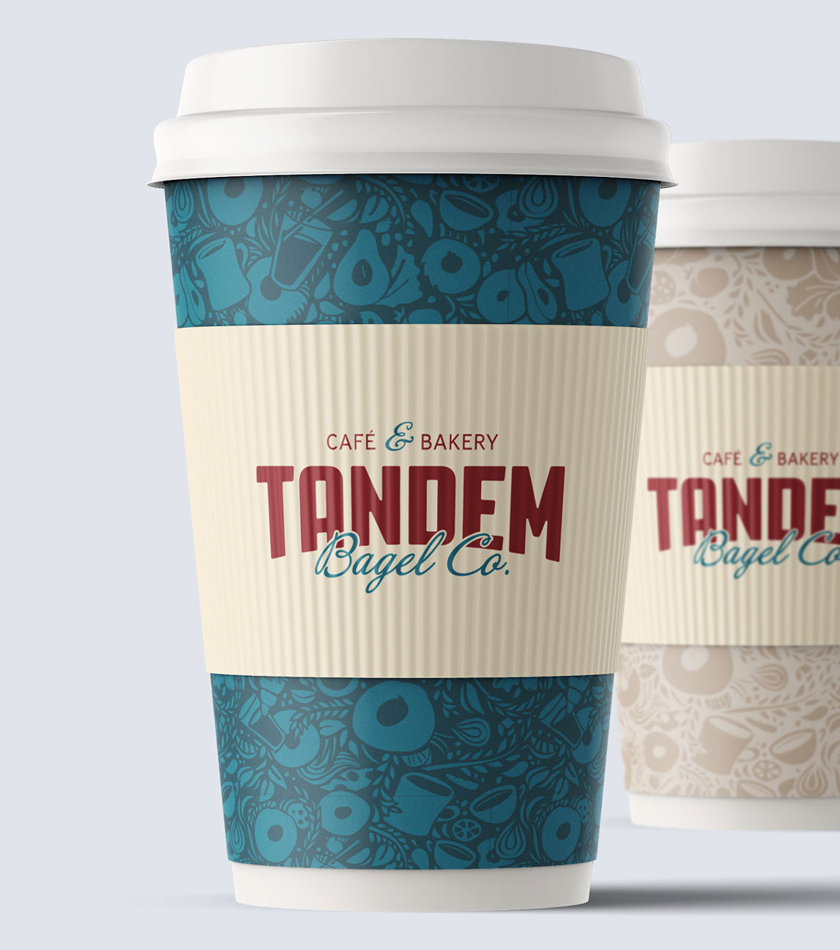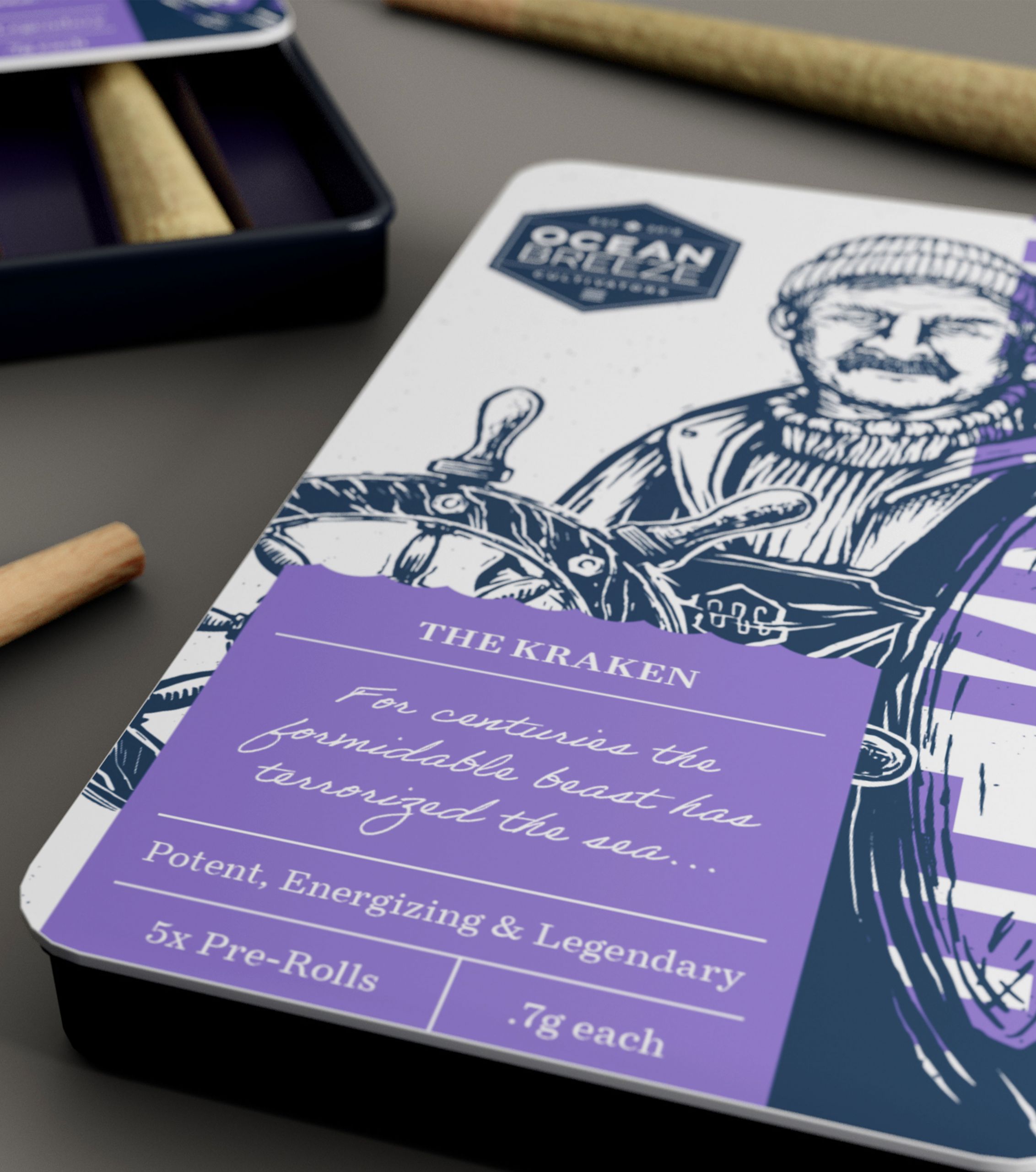The future is flexible: how variable fonts can help brands and designers alike.
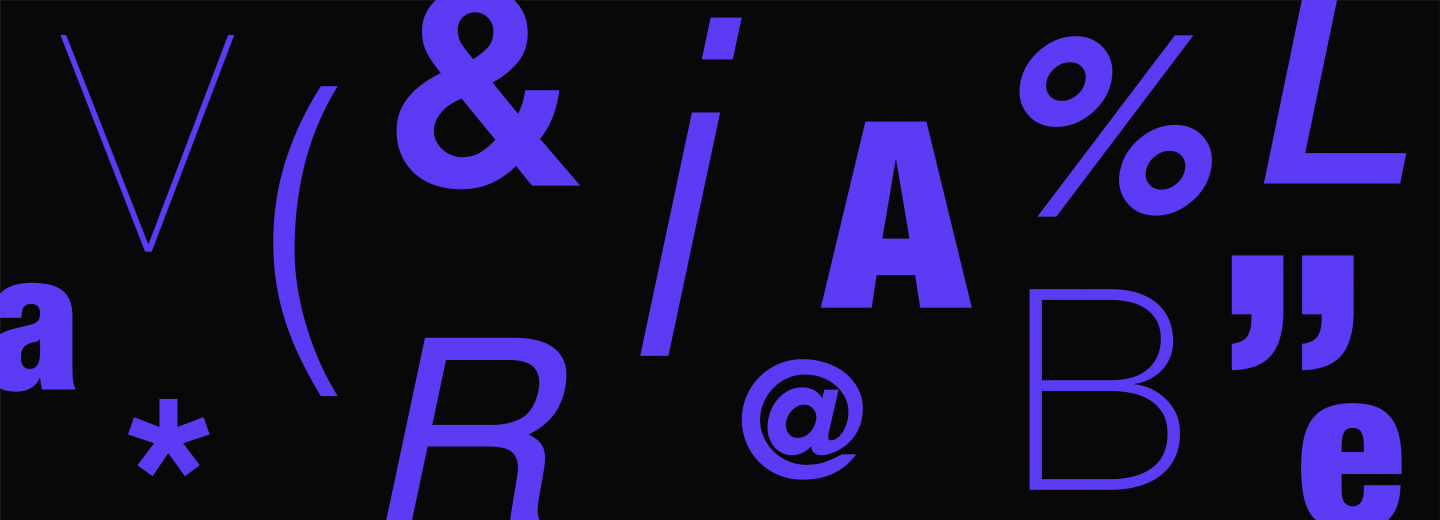
Adaptable is in and static is out. Brands and designers all around the world are finding flexible solutions to solve visual communication problems across an ever-expanding range of digital platforms. Variable fonts are one solution they have come up with. Designers can use variable fonts to create dynamic logos and responsive digital programs that can make brands more engaging and accessible. If you are considering the future of your brand, here are some things you should know about variable fonts.
Crash Course in Fonts
The Merriam-Webster dictionary defines a font as a set of type or characters all of one style and sometimes one size. A well-designed font is usually a part of a family. Designers often refer to each font family as a typeface. To provide an example, Helvetica is a typeface and Helvetica Light Oblique, is one font within it. Designers often talk about typefaces that are well designed and carefully thought out. The Helvetica font family falls under this umbrella because it contains such a vast variety of fonts to choose from.
So, What Are Variable Fonts
Helvetica sounds pretty variable right? Well, Helvetica only recently became classified as a variable typeface. What that means is that, previously, if you wanted to use any font in Helvetica you would have to download each individual file for each font style. While Helvetica has always offered a variety of fonts to choose from (and it offers millions of options), being classified as a “Variable Font” means that now you can download one file that contains all the options. This may sound overwhelming, especially if you only have a basic knowledge of how to use fonts. If you use a variable font, you will still see presets like “Bold” or “Italic” in the font menu of whichever program you are using. Sliders have been added to allow for customizable adjustments. This is when you can ask your agency or designer to include and specify certain font settings in your brand guidelines to ensure consistency.
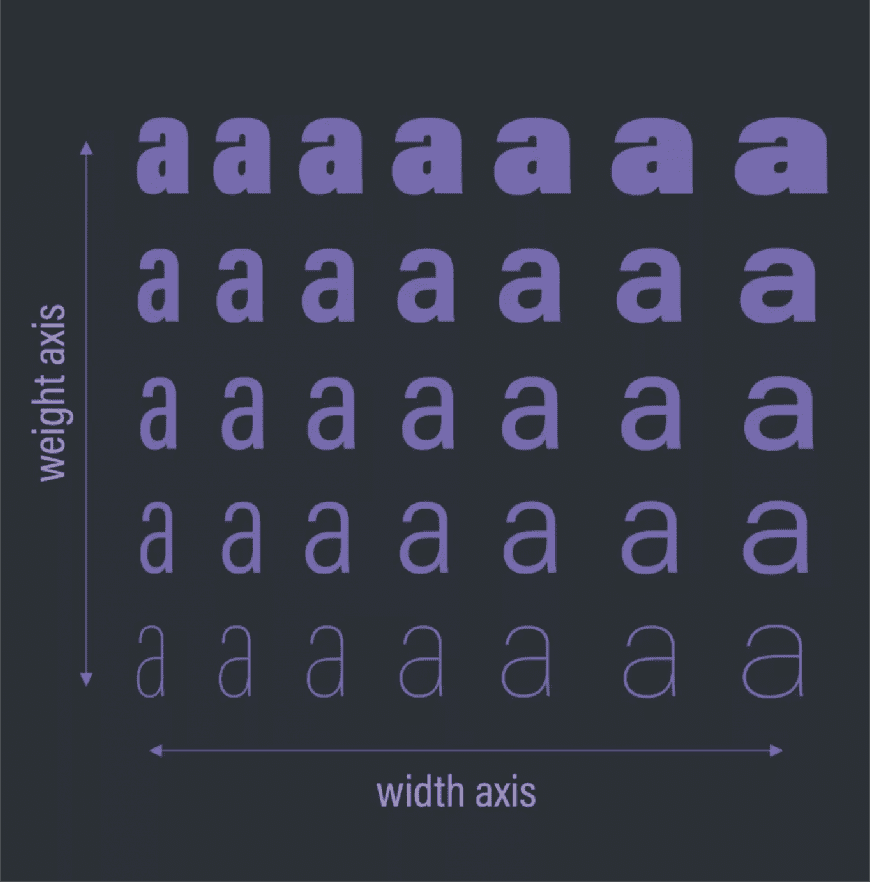
How Can Fonts Vary and Why it is Good To Have Options
Variable fonts are defined by an axis with a range between maximum, minimum, and default values of a style. There are many ways a font can vary in style. Fonts can vary in weight, width, italic, slant, optical size or, x-height. Some fonts can even vary from serif to sans serif or from a non-decorative to a decorative font. Using a typeface with a wide selection of fonts to choose from helps brands stay visually consistent. Creating hierarchy is an important aspect of communication design and one way that many font styles of the same typeface can be used effectively. If you are looking for a bit of fun, some brands have created variable logos. Check out this variable logo for Amsteldok, created by Monotype, which is coded to respond to a user’s interaction with it.
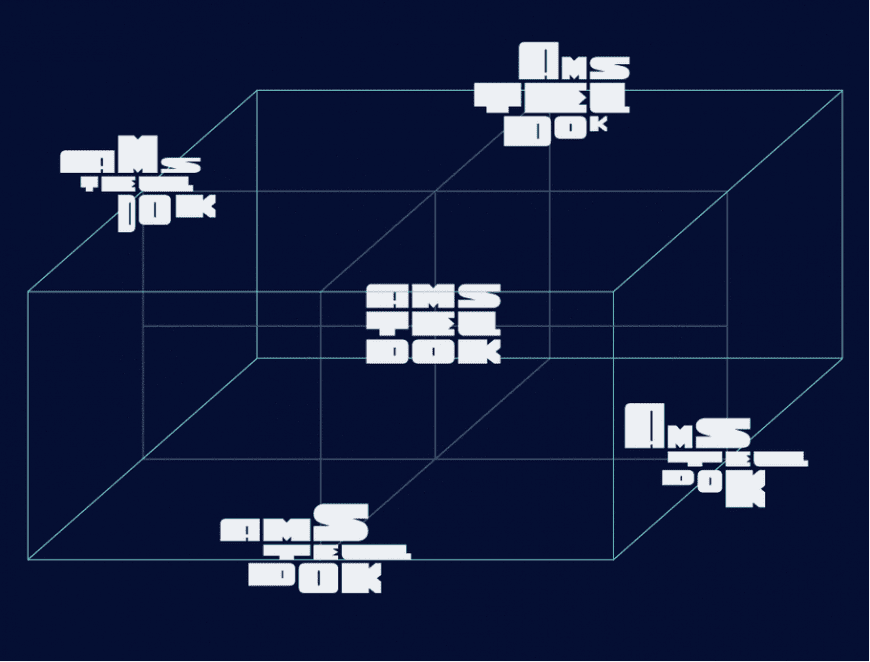
Variable Fonts Are Necessary For the Future of Your Brand
Using variable fonts can help optimize your website. When a font is not variable, the website has to pull from individual files which can cause slower loading times if your website is pulling from many different font files. In an age where efficiency and attention span matter, you want your website to load as fast as possible so that you don’t lose a potential client.
Have you ever had trouble navigating around the same website from your smartwatch that you had no problems navigating around on your laptop? The issue can most likely be attributed to a lack of responsive assets. This can hinder the user experience of your app or website. Choosing a variable font for your digital products means that you are keeping the stylistic integrity of your brand messaging and keeping your client’s user experience in check.
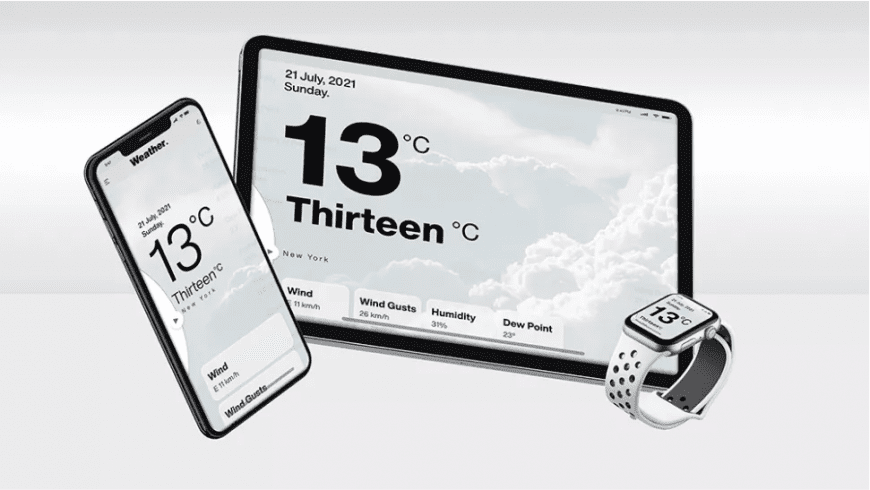
If you are looking for a unique brand, variable fonts can also help your designers create customizable logos, like the Amsteldok one shown above, and messaging that is unique to your brand. For some brands, large blocks of text are integral to clearly communicate information and ideas. There may be some instances where a block of text is too large for the space that it is intended to go. With variable fonts, you have the ability to resize it without sacrificing important information.
In a world full of static and unresponsive branding, BRIGADE encourages you to think forward and find a flexible font that will serve your brand no matter what device or platform consumers are viewing it on. If you don’t know where to begin, email us at hello@wearebrigade.com for a free consultation.
